Step back in time with the newly released Analogue 3D gaming console
Lovers of the Nintendo N64’s pixel-perfect gameplay can now indulge their favourite console classics thanks to masterful hardware of the new Analogue 3D
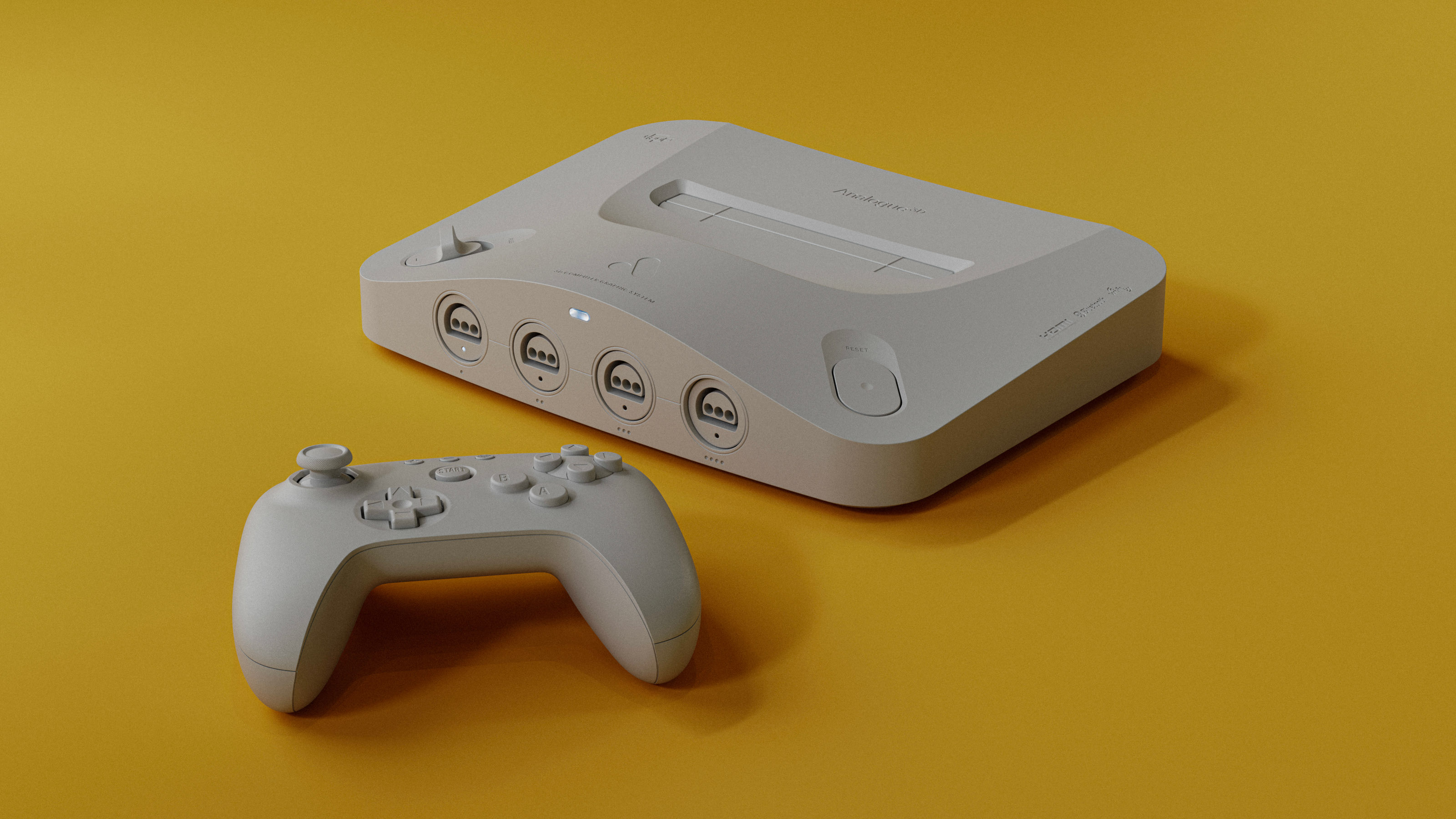
Patience has been rewarded for gamers of a certain age and those with a penchant for classic titles, style and gameplay. The long-awaited Analogue 3D has finally shipped, courtesy of the American developer going all-in to preserve video game history for future generations.
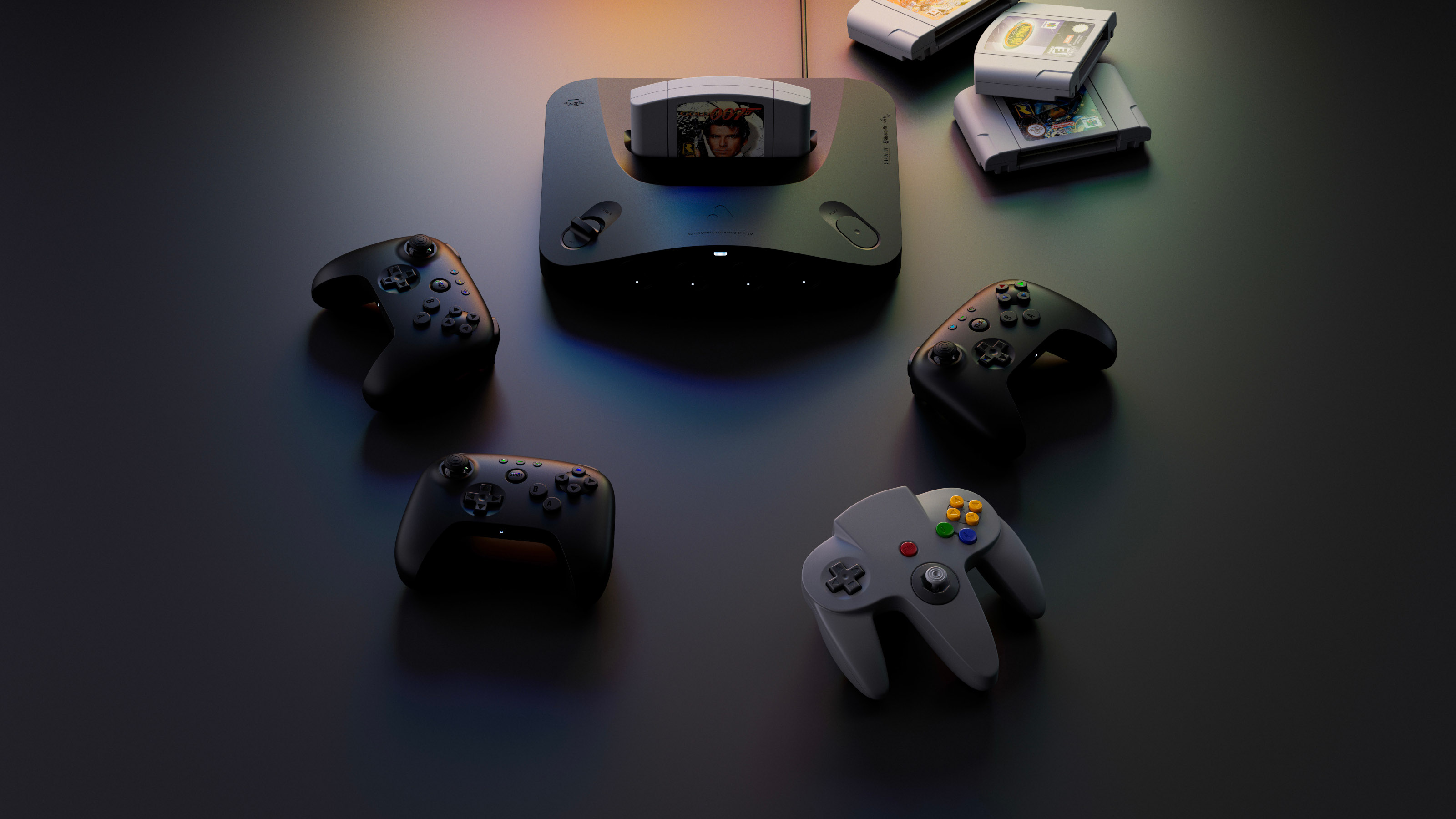
Analogue 3D and controllers
Analogue’s products – which include the Game Boy-emulating Analogue Pocket – take the dark art of emulation to another level. For the Analogue 3D, this has required four years of work recreating the original Nintendo N64 hardware to ensure 100 per cent compatibility with the nearly 400 games available on the original system. Introduced in 1996 and discontinued in 2002, nearly 33 million N64s were sold before it was replaced with the GameCube.

The Analogue 3D is fully compatible with every N64 game ever made
Thanks to timing, software tie-ins and the 64-bit system’s inherent laser-focused playability – a time-honoured Nintendo trope – the N64 is embedded in Gen X’s core menus. Excellent multiplayer capabilities – around 70 per cent of all games released for the console had a multiplayer function – made gaming more social than ever before.
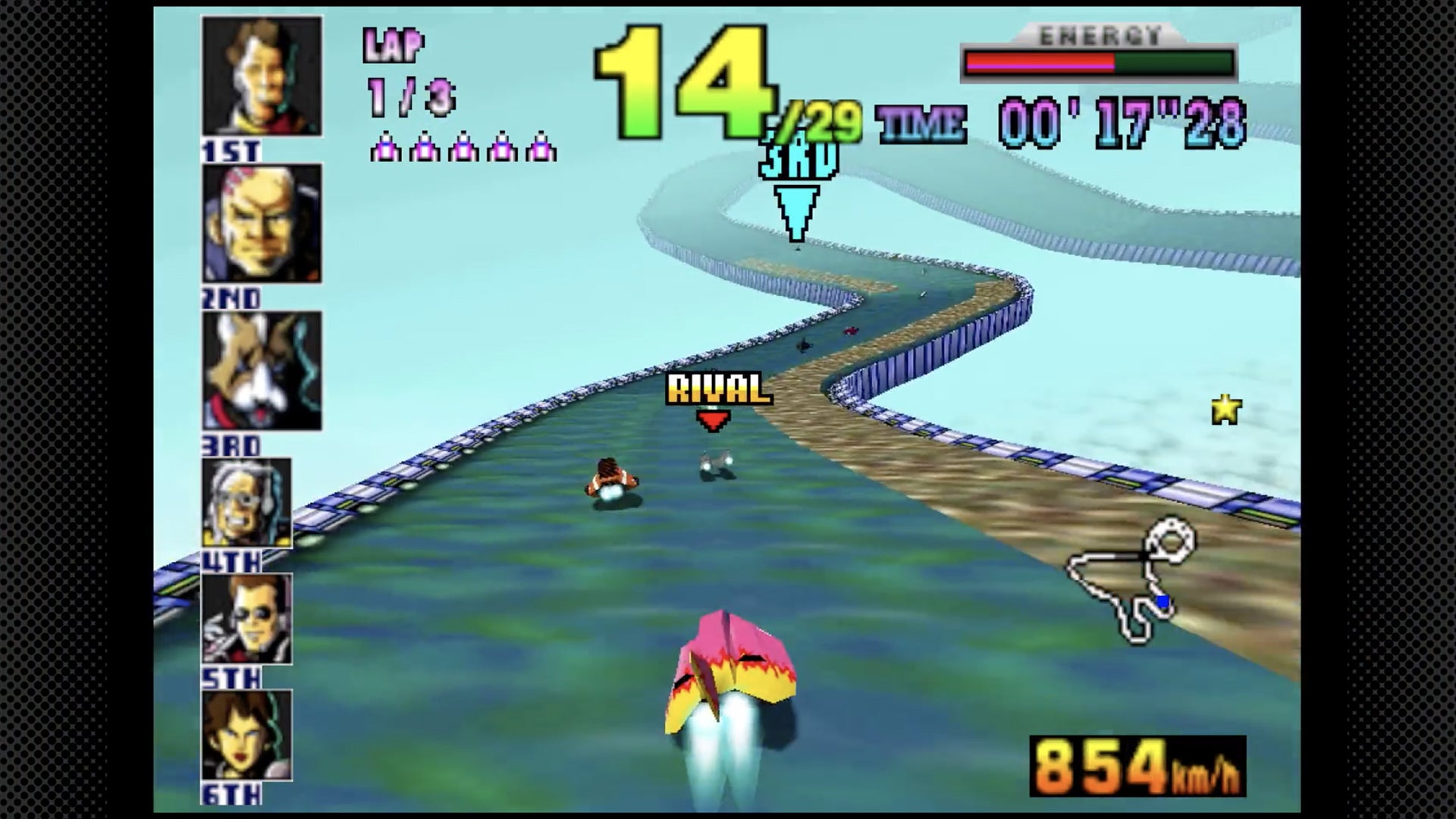
Nintendo's fast-paced F-Zero X, originally released in 1998
Although the Analogue 3D faithfully replicates the tech, can it also evoke the tug of nostalgia? Supplied in a hefty box with four wireless 8BitDo 64 controllers and a selection of four classic titles (for copyright reasons you’ll need to use original game cartridges).
With The Legend of Zelda: Ocarina of Time, GoldenEye 007, F-Zero X and Super Mario 64 on hand, covering every base and genre, we paired the Analogue 3D with the latest version of the Sky Glass smart TV.
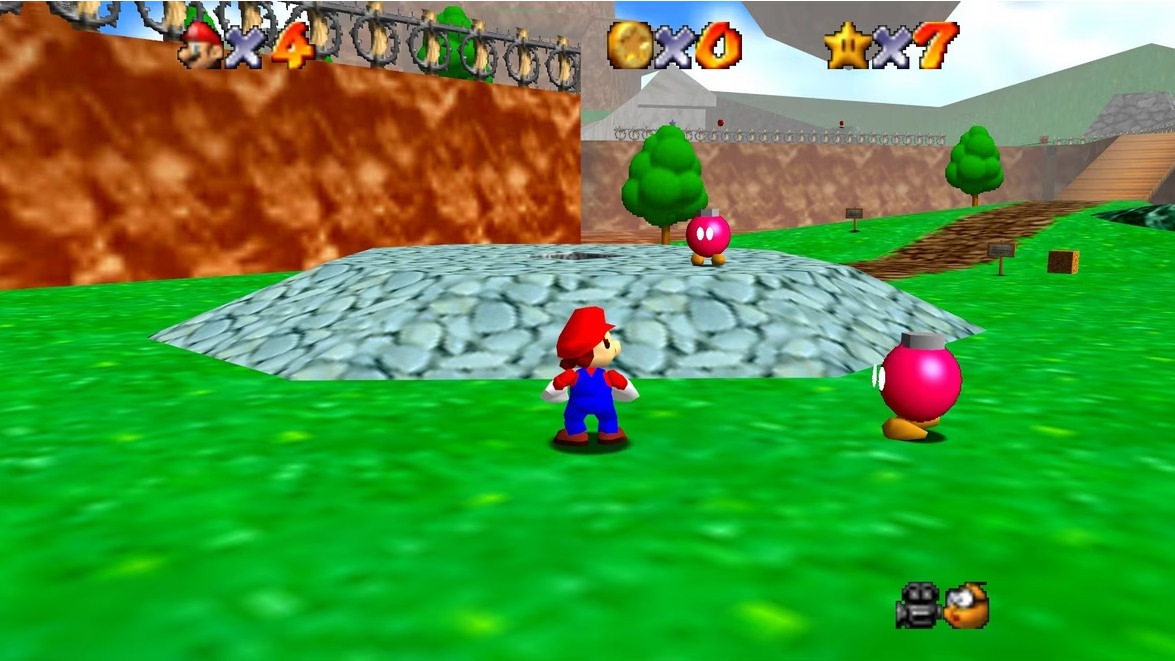
One of the N64's most fondly rememberd titles, Super Mario 64, 1996
As expected, the Analogue 3D makes a formidable retro machine. For a start, there’s 4K output, ably managed by the new hardware with a plethora of graphic controls that allow different levels of upscaling, screen stretching for modern TV formats and even emulation of the warm glow of a cathode ray tube.
Simple black and white menus allow a deep dive into the console’s settings, whilst the game carts remain plug and play like the original. Analogue reckon the 3D will handle most third-party cartridges – the internet is awash with unofficial ‘flash carts’ – but their focus has been on ensuring 100 per cent original compatibility.
Receive our daily digest of inspiration, escapism and design stories from around the world direct to your inbox.
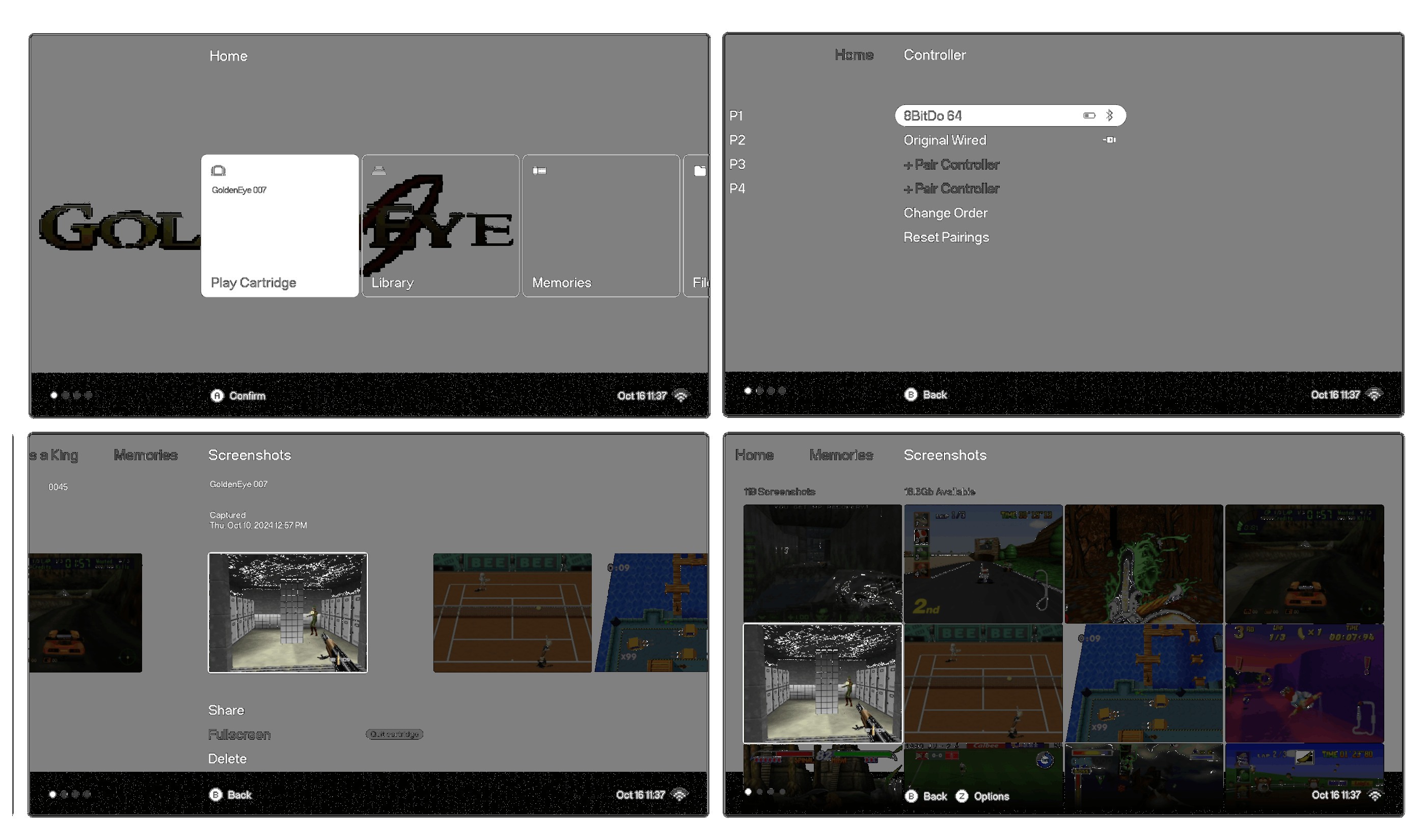
Menu screens on the Analogue 3D
The hardware itself is robust and low-key, evoking the form factor of the original (with four original controller ports) plus a few useful additions – Bluetooth connectivity, an SD card for game saves and updates, Wi-Fi, USB-C for power, etc.
Plug the Analogue 3D into the Sky Glass via HDMI and fire it up, and within seconds you can be playing a game; Nintendo and its trusted army of developers were masters of gaming simplicity, streamlining menus and ultra-addictive gameplay.
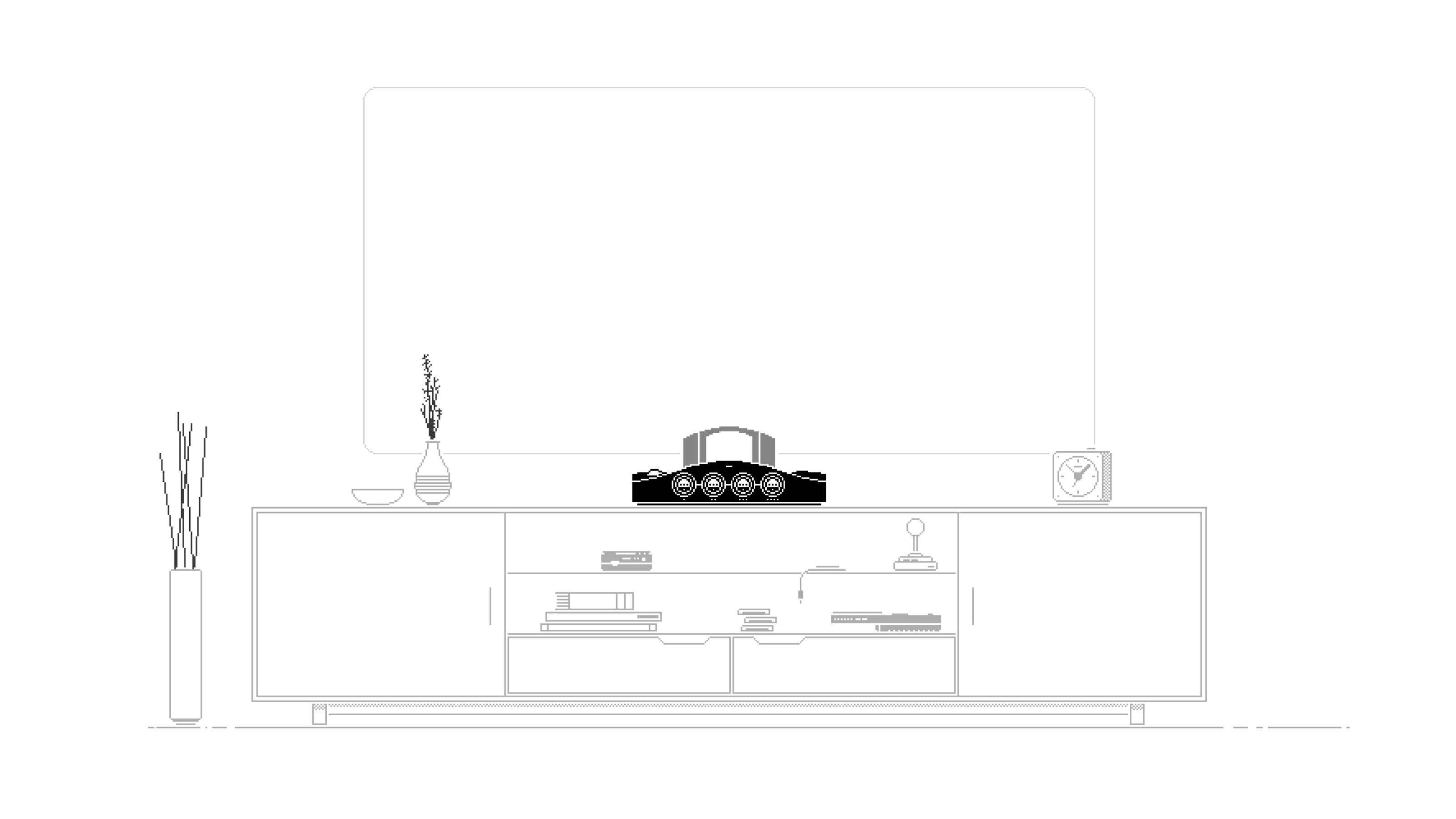
The Analogue 3D is designed for today's 4K TVs
Many of the original games ran in just 320 x 240 pixels (although the hardware could handle double that) for smooth gameplay and framerates. Given that the iPhone display in your pocket has around 50 times more pixels, older eyes have a fair old time trying to pick out the details on what was once considered the crispest, most HD gaming display available.

Analogue 3D
For the most part, this doesn’t matter, because what the 3D manages superbly is the feel of these iconic titles. It was an era before bloated software, vast armies of developers and Hollywood-rivalling budgets. Instead, the 3D provides picture-perfect replicas of the N64’s myriad and enticing game worlds.
You’ll enjoy masterfully designed levels, split screen multi-player action and pixellated carnage, soundtracked by the throaty crunch of chiptune music and sound effects. The new controllers mimic the look and feel of the originals while also bolstering known weak points, and deliver fluid movement and accuracy.
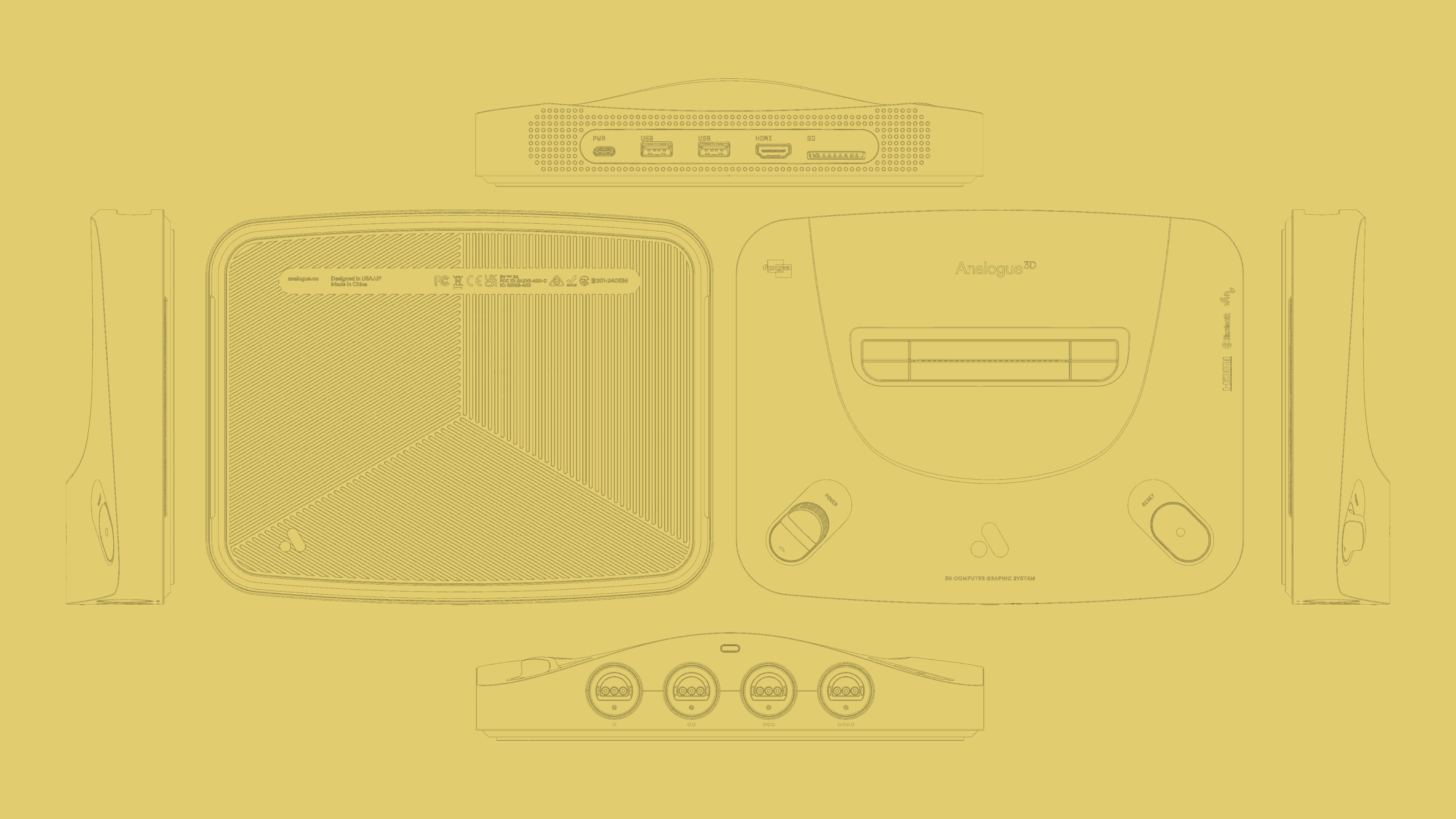
A diagram of the Analogue 3D console
As well as being a true plug-and-play machine, the Analogue 3D is also pitched at those keen to look under the hood of old technology. Updates and enhancements are planned, with scope for a burgeoning community of Gen X nostalgics to assemble and trade war stories from back in the day.
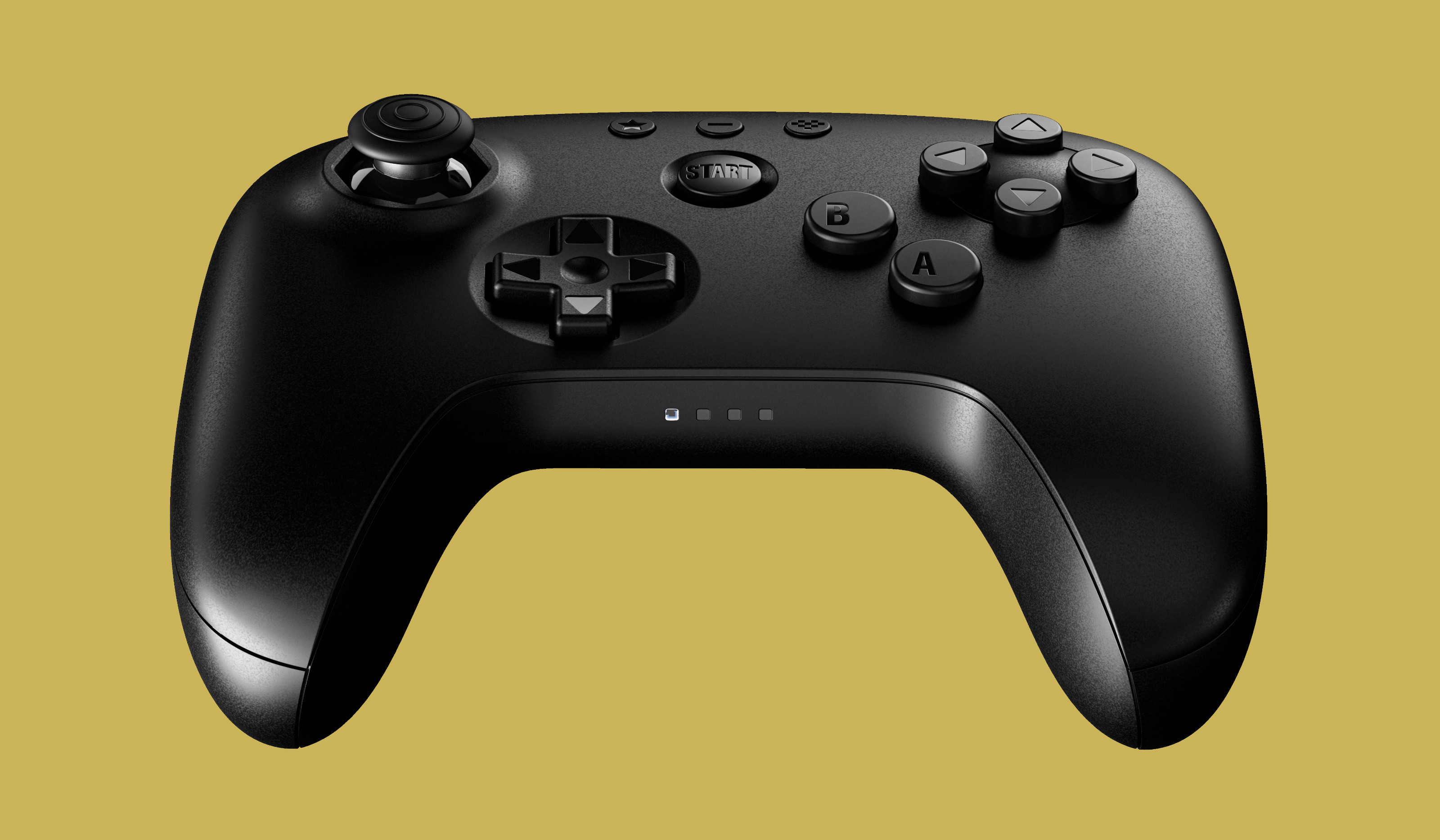
The new 8BitDo 64 controller
There’s a big games library out there and unlike today’s blockbusting AAA titles, with their time-sapping 100-plus hours of gameplay, the earlier console generations were about casual, social gaming experiences. For fans of the original – especially those with a few cartridges stashed in the attic and an untapped well of muscle memory – the Analogue 3D is an exceptionally fine example of retro tech that balances fun with nostalgia.

Analogue 3D games console and controller
Analogue 3D, $249.99, 8BitDo 64 controller, $39.99 each, Analogue.co, @Analogue.co
Jonathan Bell has written for Wallpaper* magazine since 1999, covering everything from architecture and transport design to books, tech and graphic design. He is now the magazine’s Transport and Technology Editor. Jonathan has written and edited 15 books, including Concept Car Design, 21st Century House, and The New Modern House. He is also the host of Wallpaper’s first podcast.
-
 An around-the-world art tour with Rosewood
An around-the-world art tour with RosewoodFrom London to New York, Amsterdam and São Paulo, the hotel group showcases curated art that reflect the unique local context
-
 A restored 1950s Rome theatre raises its curtain in collaboration with Poltrona Frau
A restored 1950s Rome theatre raises its curtain in collaboration with Poltrona FrauTeatro della Cometa was given a refresh by architect Fabio Tudisco, with new seating by Poltrona Frau to accommodate contemporary viewing
-
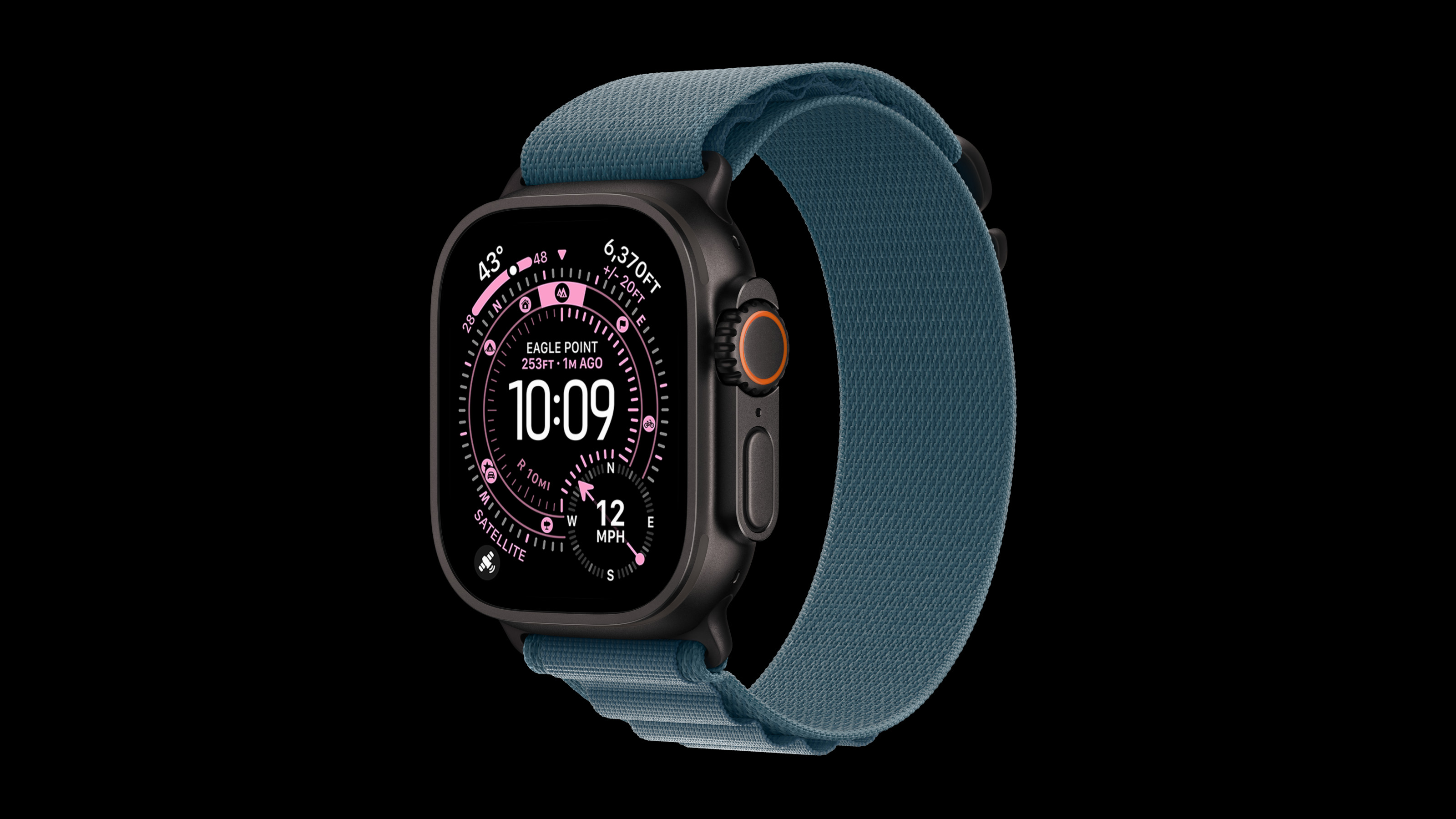 Apple Watch Ultra 3 has innovation at its heart – a 3D-printed titanium case
Apple Watch Ultra 3 has innovation at its heart – a 3D-printed titanium caseWe delve into Apple’s pioneering use of 3D-printed metal, and how it ties in with the company’s path to carbon neutrality